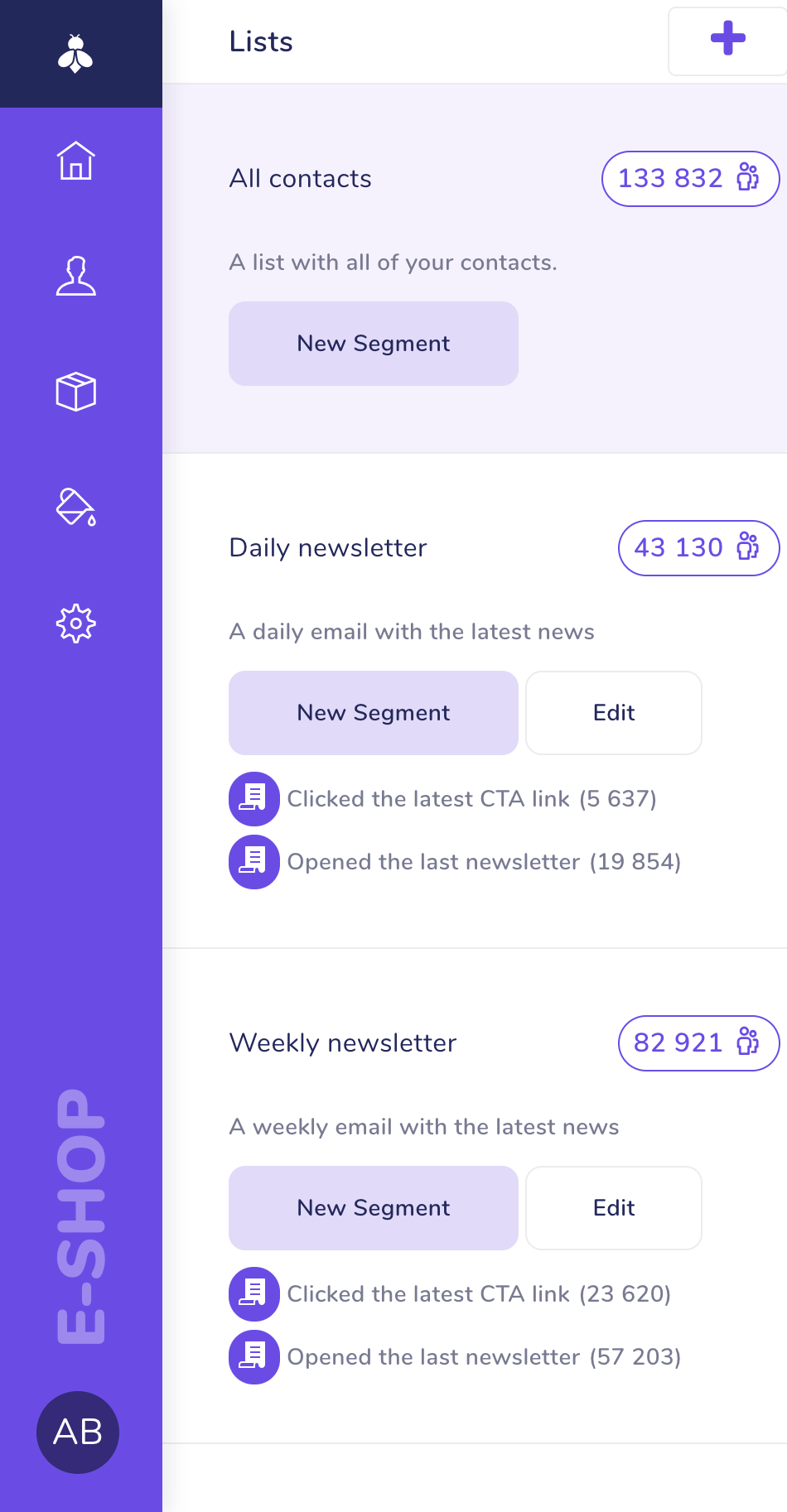Ember.js Router and Template Naming Convention
Ever since the change to resource and route a lot of people are
confused about the meaning of the two and how they affect naming. Here’s
the difference:
resource- a thingroute- something to do with the thing
Let’s say we have a model App.Post and we want to show a list of posts
and a new post form. There are many ways you can go about this, so let’s
start with the simplest.
App.Router.map(function() {
this.resource("posts", { path: "/" });
this.route("new", { path: "/new" });
});
This would result in the following template structure
<script type="text/x-handlebars" data-template-name="posts">
... list the posts
</script>
<script type="text/x-handlebars" data-template-name="new">
... new post template
</script>
With the following naming
PostsRoute
PostsController
PostsView
NewRoute
NewController
NewView
This is almost never useful, since you might have many /new actions
and you’d need to scope them to the resource, which would be done as
follows
App.Router.map(function() {
this.resource("posts", { path: "/" }, function() {
this.route("new", { path: "/new" });
});
});
Here things get a little more complicated, since we’re nesting something inside the resource. This means that we’ll end up with three templates instead of two
<script type="text/x-handlebars" data-template-name="posts">
<h1>This is the outlet</h1>
{{outlet}}
</script>
<script type="text/x-handlebars" data-template-name="posts/index">
... list the posts
</script>
<script type="text/x-handlebars" data-template-name="posts/new">
... new post template
</script>
With the following naming
PostsRoute
PostsController
PostsView
PostsIndexRoute
PostsIndexController
PostsIndexView
PostsNewRoute
PostsNewController
PostsNewView
This means whenever you create a resource it will create a brand new
namespace. That namespace will have an {{outlet}} which is named after the
resource and all of the child routes will be inserted into it.
There are many reasons behind it, but let’s try another example which
will make it more obvious. We will add a /:post_id and
/:post_id/edit routes.
App.Router.map(function() {
this.resource("posts", { path: "/" }, function() {
this.resource("post", { path: "/:post_id" }, function() {
this.route("edit", { path: "/edit" });
});
this.route("new", { path: "/new" });
});
});
Additional to the routes in the previous example, this will give us
// IMPORTANT - it's not PostsPostRoute, because `resource`
// always creates a new namespace
PostRoute
PostController
PostView
PostIndexRoute
PostIndexController
PostIndexView
PostEditRoute
PostEditController
PostEditView
Templates are named accordingly post, post.index and post.edit,
there is nothing like posts.post.index or posts.post or
posts.post.edit.
But the problem is when we try to access the App.Post model from the
post/index or post/edit template. It is only available in the post
template with the outlet. Now why is that?
Since we are defining a resource it is expected that the child routes
will be related to that resource, that’s why they don’t need to load
it separately. They can access it from the parent PostController via
needs (more about that can be found in this article
This is the general pattern you would be using if you want to nest
everything. But what if you don’t want to render post into the
posts outlet? Well nothing prevents you from defining the routes as
this.
App.Router.map(function() {
this.resource("posts", { path: "/" }, function() {
this.route("new", { path: "/new" });
});
this.resource("post", { path: "/:post_id" }, function() {
this.route("edit", { path: "/edit" });
});
});
What is the difference? The naming remains exactly the same as in the
previous example, even templates are named the same. But the post
template will be inserted into the application layout, not inside the
posts layout. This is the case when you want the detail post page to
replace the whole layout, instead of just showing it together with the
posts list.
I hope the examples will help you understanding how the v2 routes work, since this is a completely essential part of Ember.js.
If you have any questions, leave them in the comments or tweet me @darthdeus.
 Trackets Blog
Trackets Blog
